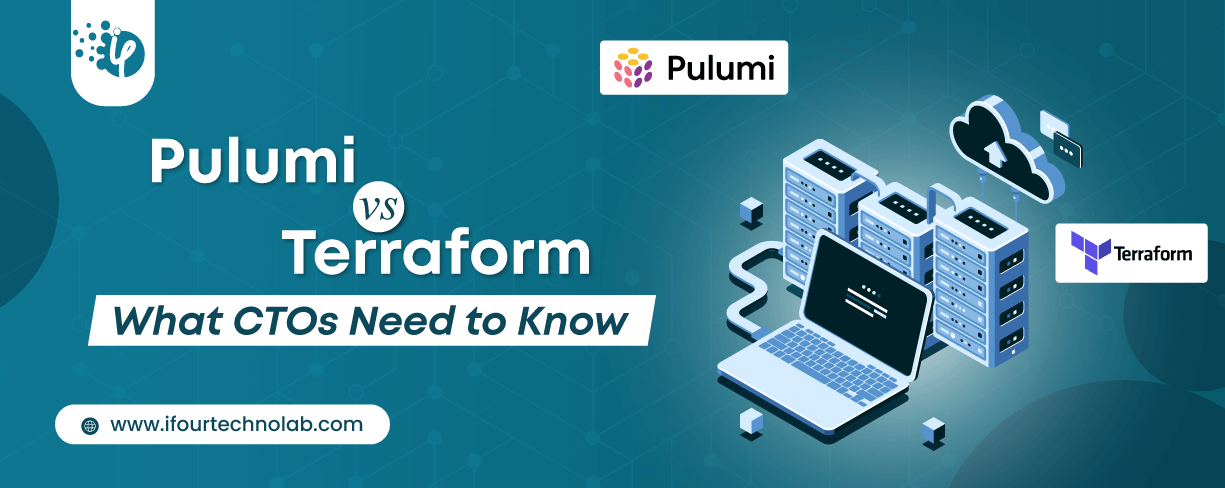Why CTOs Should Care About Shift Left Security in DevOps
Security has always been a major concern. Your company spends millions on cybersecurity tools, and guess what? You’re still vulnerable. When you're working in the cloud, especially...
Listening is fun too.
Straighten your back and cherish with coffee - PLAY !

Developers and admins in Salesforce should constantly be on the lookout for effective deployment tools for answering questions, resolving bugs, and keeping the production orgs in the best possible condition. However, there are times where developers might encounter a stumbling block in the event of testing the changes they have made to the Salesforce sandbox before deployments are made to the production environment.
The key reason behind this is most developers function with deployment tools that are outdated for modern times. They were effective in the past, but today, with developments emerging in every field, it becomes prudent for developers to use Salesforce DevOps processes to optimize an integration solution that saves time and gives them value for money. In addition, they must ensure the tool they embrace for their projects cater to their unique requirements and the Salesforce platform's demands. If the deployment tool they use does not cater to their project requirements, the result will only be added inefficiency and frustration.
If you examine the process for software development, you will find it comprises the phases of creation, tests, and staging being released to the production org. During this development cycle, the developer might migrate several times to keep the development organizations completely in sync with one another or move the changes via the development stage towards production. This task is called Salesforce deployment.
Salesforce deployment refers to the migration of metadata from one organization to another. If you are a business owner and wish to enhance the DevOps process and practices with Salesforce, you should first determine whether you need Salesforce deployment tools or not?
Do you need deployment tools for the Salesforce DevOps process? This is a question that most organizations ask themselves when they use Salesforce DevOps for releasing software applications. Experts in modern DevOps trends and software application development state that everyone might need these tools, especially if the company is small and the number of developers working on the project is small. You can always rely on the native tools that Salesforce offers you, like the changesets, to get your deployments done without hassles.
On the other hand, if you are a large corporation and have many Salesforce developers working on a single project, it does make sense to bank on a good quality deployment tool for your projects. Your developers will be working with many sandboxes, and they might even be using products like the Salesforce CPQ. It is here that tools for Salesforce deployments become essential.
To understand why these deployment tools are needed under Salesforce, you should know how changesets function, especially for release management. The above reason has been illustrated by the example below-
The changesets in Salesforce are easy for you to use, and they can be made for deploying changes from one production org to another. They can be created manually with the addition of components. This needs to be done one by one. However, there are some downsides when it comes to the above process-
However, in the Salesforce DevOps process. changesets are just a single example where the native tools of Salesforce fail. This causes problems for developers as the project becomes complex. Suppose you witness bottlenecks and issues in any junction of the software development lifecycle of Salesforce? In that case, it is time for you to consider using Salesforce deployment tools to make the project easier and faster.
When you embrace DevOps tools for Salesforce in your organization, your team of developers can-
To revolutionize the Salesforce DevOps process, you first need to ensure you have the proper solutions for deployment. A good deployment tool will have quality solutions and features for rollback, version control, CI/CD, testing, and reporting. When it comes to deployment in Salesforce, it should never feel like a wild goose change. Slow processes often hamper the morale and productivity of the developers, especially when they use changesets. The ordeal becomes cumbersome when the process slows down as there is always a fear of the unknown and which components you should add to the changesets.
In conclusion, it can be said that Salesforce DevOps is a popular trend that has been in vogue for some time; however, today, it has forayed its way into mainstream application development for many industries. As a business owner, you must use a deployment tool that ensures all your unique needs are met. When choosing from multiple deployment tools in the market today, you must ensure you educate yourself on their pros and cons first.
Read as much as you can about the tool and ensure your developers face no hassles regarding its user interface. In this manner, you can get a Salesforce DevOps integration solution that works not only for your business growth but also for your clients as well!

Security has always been a major concern. Your company spends millions on cybersecurity tools, and guess what? You’re still vulnerable. When you're working in the cloud, especially...

Automation isn’t just a trend anymore. It’s a must-have for any business relying on the Cloud. As the firm grows, cloud infrastructure gets more complex. So, choosing the right Infrastructure...

Behind every diagnosis, there is a patient hoping for clarity, and a doctor striving to deliver it. That’s exactly where Microsoft Azure AI Foundry steps in. It’s the next wave...